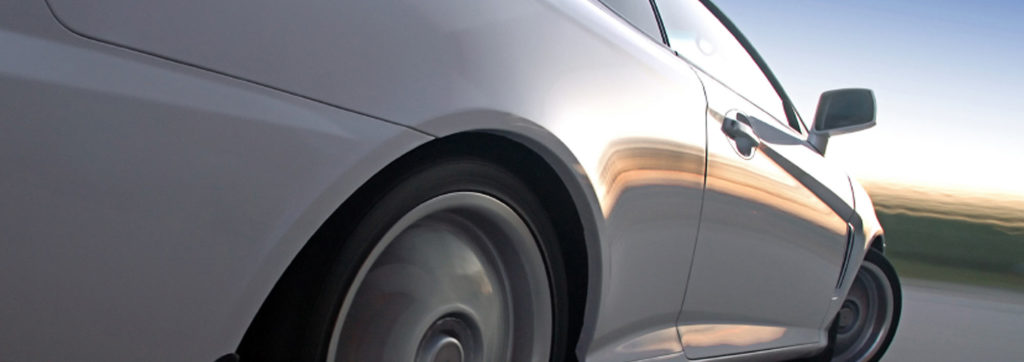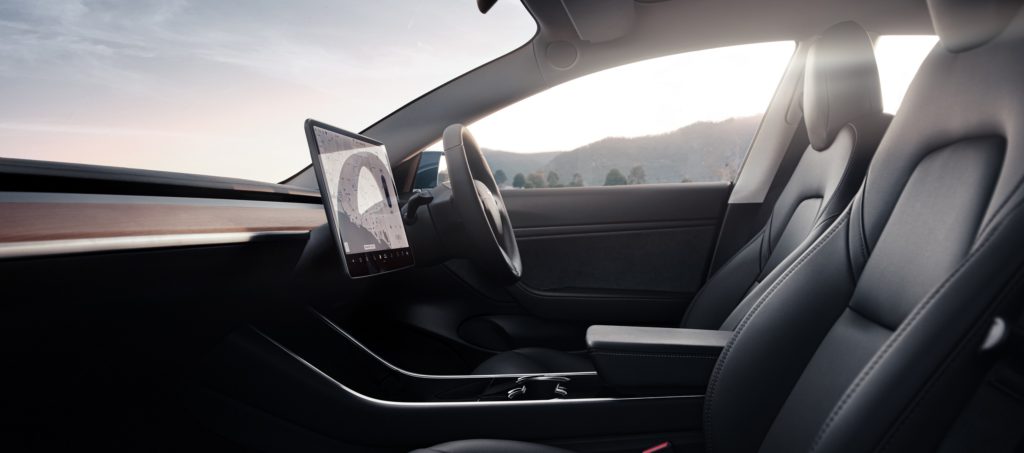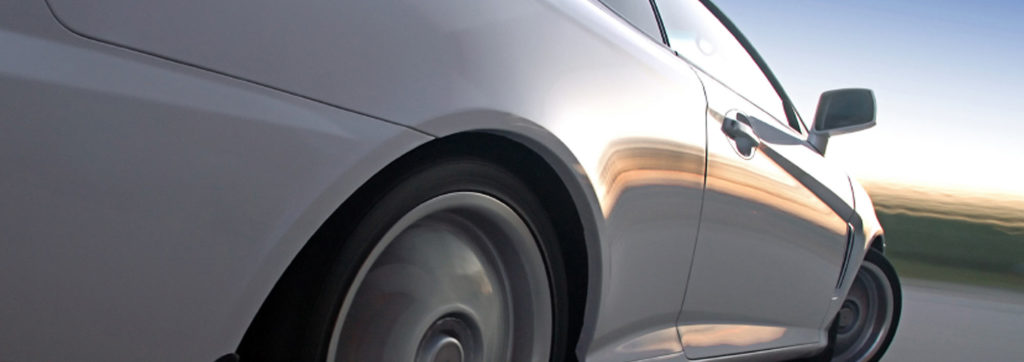What makes a perfect used car?
30 August 2022

Sonja Nehls, Autovista24’s principal analyst, discusses what makes a perfect car from a residual value (RV) perspective.
For the past two years, residual values have only known one direction, up. However, inflation and rising energy costs have started to dampen customer demand and the rise of RVs. The new economic reality in the automotive market has also brought an end to some RV-harming practices such as high levels of tactical registrations or massive cash discounts.
Add to this the implications of major automotive trends, especially new ownership models and digital sales, and it is obvious that now is the time to redefine general sales and marketing strategies for existing and upcoming models.
So how does this come into play when talking about an RV-perfect car? Besides the model characteristics including design, quality of materials, look and feel, practicality, and driving behaviour, the decisions around how a car is sold and with what standard equipment also has a major impact on used-car market success. A perfect used car therefore must perform on both counts. It must be a great product with a sensible sales and marketing strategy.
How to attract used-car customers?
Carmakers aim to achieve a strong RV positioning for off-lease vehicles and throughout the vehicle lifecycle. By doing so, they can offer attractive leasing rates based on a low depreciation. But how do they realise those strong RVs? By matching used-car customers’ needs, rather than simply analysing comparable products.
The car needs to appeal to a preferably large target audience. This often is achieved by a classic design, which does not lose its attractiveness over the years. The Volkswagen Golf is a prime example of this design strategy.
More daring styles and body shapes can be desirable and successful too. This approach is a bit riskier and should be reflected in a reasonable volume planning. A small number of extravagant models will also be met by appropriate demand on the used-car market. In some cases, those models even become rarities and can become much sought after. What holds true for the exterior of the car is also valid for the interior. The style and appearance of the dashboard, for example, completes the first impression.
Cars must be fit for the purpose of their design as well. A sportscar must excel in driving dynamics, an estate is all about loading space and practicality, meanwhile, an SUV has become the all-in-one family car. A used car and its characteristics should match the standard of the segment it sits in to be a relevant choice. A significant weakness in practicality, ergonomics, roominess, driving performance – always depending on the segment – quickly makes a model a shelf warmer.
Delivering on promise
Excluding the luxury segment, typically a model does not need sport the best material quality, best acceleration, lowest fuel consumption, or largest boot. It is more important to deliver what is expected from the brand, highlighted in advertising campaigns, established by previous models and closest competitors.
A brand’s overall residual value performance has a major impact, especially when RVs for a new model are first set. A car failing to meet brand-typical traits will eventually benefit from the brand halo but will also be quickly identified as the odd one out.
Worth the money
A perfect used car must retain a better share of its initial value than others. This means a customer is willing to pay a certain amount for it, but also that the vehicle had a sensible list price to begin with and was not marketed with a large cash discount.
Pricing and discounts have been most affected by the current economic circumstances. Prices rise sharply, as do RVs, and discounts fall to a minimum. This may seem like a steppingstone towards the rise of new ownership concepts, digitalisation of sales, and agency models replacing traditional dealerships.
A direct customer relationship can allow manufacturers to better steer what is happening and keep models within their own realm of influence throughout the lifecycle. New-car customers benefit from increased price transparency and the cost of a new car depending less on haggling skills. Also, the current situation turns the market dynamics from a sales-pressure driven one to a demand and lifecycle-oriented one.
A good package
There are different preferences as to the buying process of a new car, ranging from simply purchasing pre-configurated cars from stock to very customised configurations taking into account a number of different trim lines, packages and single options. A sensible approach is to allow for as much customisation as necessary to meet customers’ needs for personalisation and individuality, while driving pre-configuration and standard equipment as much as possible.
Features on demand (FOD) further help with streamlining production processes and reducing complexity. On the used-car market, buyers will benefit from transparency as to included equipment features, with less risk of models lacking RV-relevant features coming to the market.
Used-car buyers are more price-sensitive than new-car buyers and the share of private buyers is considerably larger. Total cost of ownership (TCO) and especially running costs are in the spotlight in times of massively increasing energy prices.
For battery-electric vehicles (BEVs) the additional dimension of range and charging time plays a major role. A perfect used car will have lower-than-average energy consumption, a longer range, and an acceptable charging capability. The latter will be a hot topic for years to come given the fast developments and urge to stay competitive, not only at the beginning of the lifecycle, but also after three-to-five years, when a BEV is sold on the used-car market.
A matter of trust
A used-car buyer, who carries the RV risk going forward, relies on the quality and durability of the new vehicle. Long warranty periods, good results in durability and breakdown statistics, as well as an established service network feed into a brand’s reputation, trustworthiness, and ultimate RV performance. Especially for new market entries, this is a significant hurdle car manufacturers face when starting sales in Europe, such as cooperating with large dealer networks.
In a market with strained supply and not many models on offer, customers are willing to compromise on their requirements. Inflation and pressure on disposable income reduce willingness to pay and make buyers shift to older vehicles, less expensive brands, smaller segments or less-equipped models. Nevertheless, once the equilibrium between availability of models and potential buyers is re-established on the used-car market, a car’s remarketing success comes back to these major principles.
‘A manufacturer’s good management of these aspects will be crucial for a strong RV-positioning of the future used car’, Ana Gutierrez, head of production Car To Market at Autovista Group said.
‘We continuously adapt the details of our methodology and assessment to market dynamics and incorporate customer feedback,’ she continued. ‘The current situation in the automotive industry and the disruptions caused by electrification, connectivity, and digitalisation of sales, and also the market entry of more and more new brands turn the markets upside down and we keep a close eye on the developments.’



